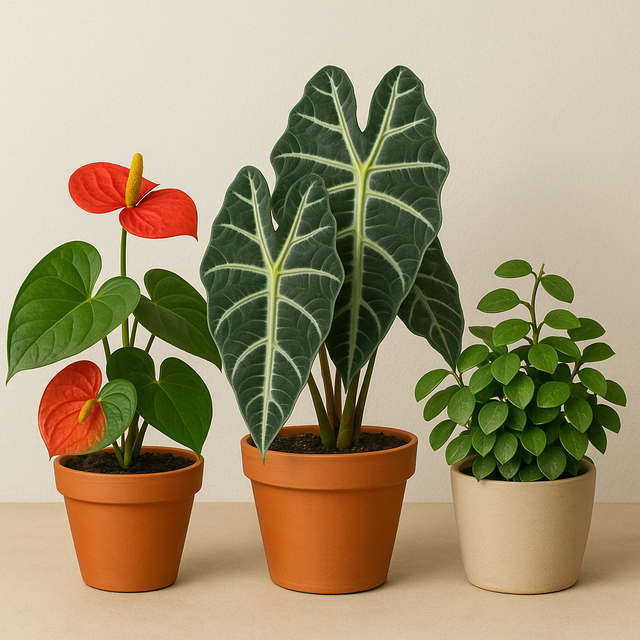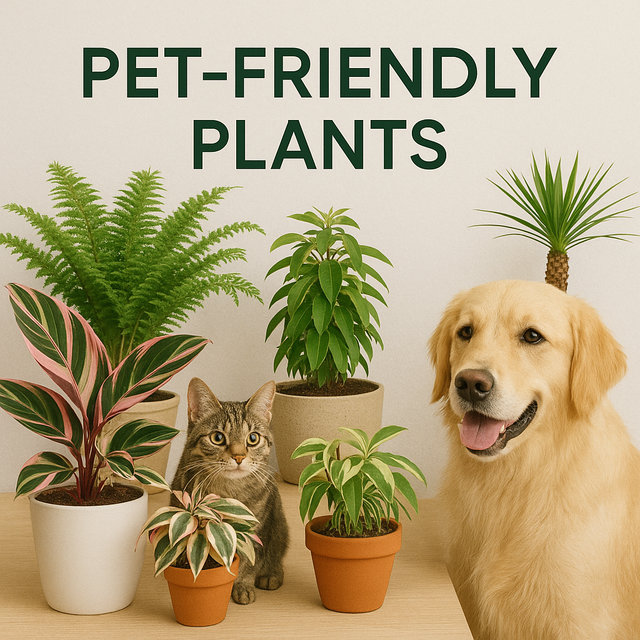Let's be honest - purple lights make your living room look like a nightclub. And your plants? They're not loving it either. Lets dive in!
The missing wavelengths
Purple grow lights combine blue and red LEDs to target the main wavelengths used in photosynthesis. The sweet spot for photosynthesis is the PAR band (400–700 nm). However, plants also respond to other parts of the light spectrum including green, yellow, and far-red.

For example:
- Green light helps regulate growth hormones, promoting more balanced, all-round development
- Far-red activates your plant’s shade response, encouraging stretching and budding: great for driving taller growth and triggering flowering
Without those extra bands of light, plants can end up top-heavy - plenty of leaves, but weak stems, poor flowering, and less overall resilience.
Colour Counts: Effects Indoors
Purple lights aren’t just bad news for your plants - they’re not exactly fun for you either. Here’s why they’re a pain indoors:
🌈 Unnatural glow: They cast a purplish hue which aren’t ideal if your plants share a space with your living room.
👀 Hard on the eyes: That intense colour can be uncomfortable to the human eye, especially in the evenings.
🔍 Poor visibility: It’s surprisingly tough to check for pests, leaf spots or general plant health under purple light.
Why Full Spectrum wins
If red and blue are the highlights, full spectrum is the full story. These full spectrum grow lights cover the entire PAR range (plus some extras) giving your plants all the wavelengths they need to grow strong, balanced and healthy. And the bonus? They make your home look and feel better too.
|
Feature |
Full Spectrum |
Purple |
|
Supports all plant needs |
✅
|
❌ |
|
Mimics natural sunlight |
✅ | ❌ |
|
Easy on the eyes |
✅ | ⚠️ |
|
Aesthetic for home use |
✅ | ❌ |
|
Spotting pest |
✅ | ❌ |
More stories

Houseplant Trends in 2025
